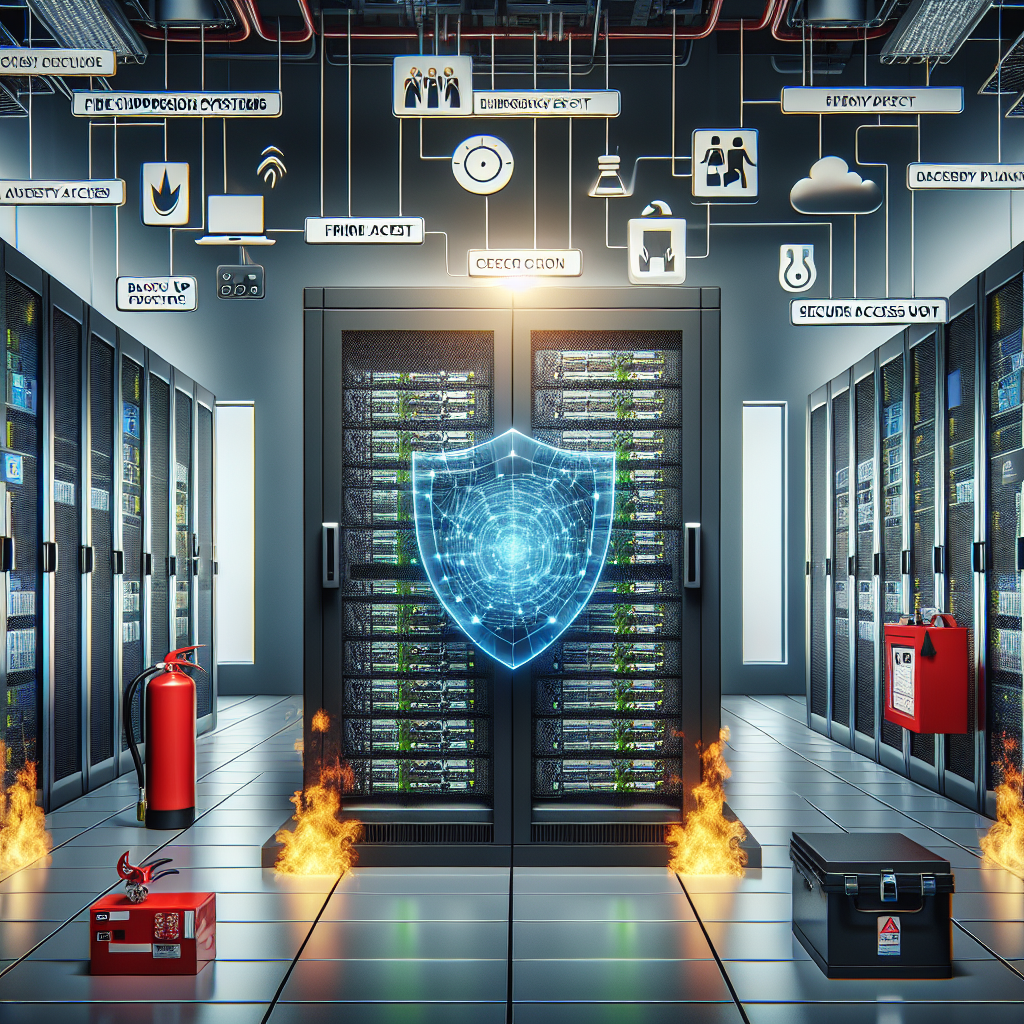In today’s digital age, data centers are at the core of every organization’s operations. These facilities house vital information, applications, and systems that are crucial for the day-to-day functioning of businesses. However, data centers are also vulnerable to various emergencies, such as power outages, natural disasters, cybersecurity attacks, and equipment malfunctions. In order to ensure the continuity of operations and protect valuable data, it is essential for data center managers to have a comprehensive emergency preparedness plan in place.
One of the key components of emergency preparedness in data centers is having a robust disaster recovery plan. This plan should outline procedures for responding to emergencies, such as power failures, network outages, and physical security breaches. It should also include protocols for data backup and restoration, as well as strategies for minimizing downtime and ensuring business continuity.
Another important aspect of emergency preparedness in data centers is ensuring physical security. Data centers house sensitive information and valuable equipment, making them prime targets for theft and vandalism. To safeguard the facility and data, it is crucial to implement access control measures, surveillance systems, and physical barriers, such as fences and gates. Regular security audits and employee training can also help prevent security breaches and unauthorized access.
In addition to physical security, data center managers should also focus on cybersecurity preparedness. Cyber attacks, such as ransomware, malware, and phishing, pose a significant threat to data centers and can result in data loss, financial loss, and reputational damage. To protect against cyber threats, data center managers should implement strong encryption protocols, firewalls, intrusion detection systems, and regular security audits. Employee training on cybersecurity best practices is also crucial in preventing cyber attacks.
Furthermore, data center managers should have a plan in place for responding to natural disasters, such as earthquakes, floods, and hurricanes. This plan should include procedures for evacuating the facility, securing critical equipment, and restoring operations in the aftermath of a disaster. It is also important to have off-site backups of data and critical systems, as well as redundant power and cooling systems to ensure the continuity of operations during a disaster.
Overall, emergency preparedness in data centers is essential for safeguarding the facility and data against various threats. By implementing comprehensive disaster recovery, physical security, cybersecurity, and natural disaster preparedness plans, data center managers can minimize risks, protect valuable assets, and ensure the continuity of operations in the event of an emergency. It is important for data center managers to regularly review and update their emergency preparedness plans to address evolving threats and ensure the resilience of their facility and data.


Leave a Reply